An advanced artificial intelligence model named Aeneas has been officially introduced, carrying great expectations in assisting historians in recovering lost Latin texts, determining the geographical origin of the text, and accurately estimating its date. The birth of Aeneas is considered a breakthrough that helps researchers access ancient heritages eroded by time more quickly.
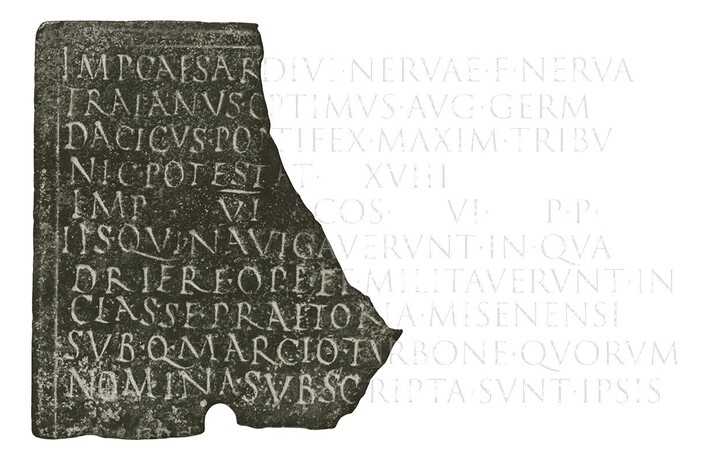
Military diploma from Sardinia. (Source: Nature)
Developed by a team of researchers from Google’s DeepMind and universities in the UK and Greece, Aeneas is an extension of an earlier project that deciphered ancient Greek text – paving the way for deeper access to historical languages, with greater speed and accuracy.
Challenges in linguistic archaeology
The study of ancient inscriptions, known as epigraphy, has long been a challenging field. These ancient documents often contain missing letters, words, or even long paragraphs. In addition, ancient languages vary greatly across time periods and geographical regions, complicating analysis.
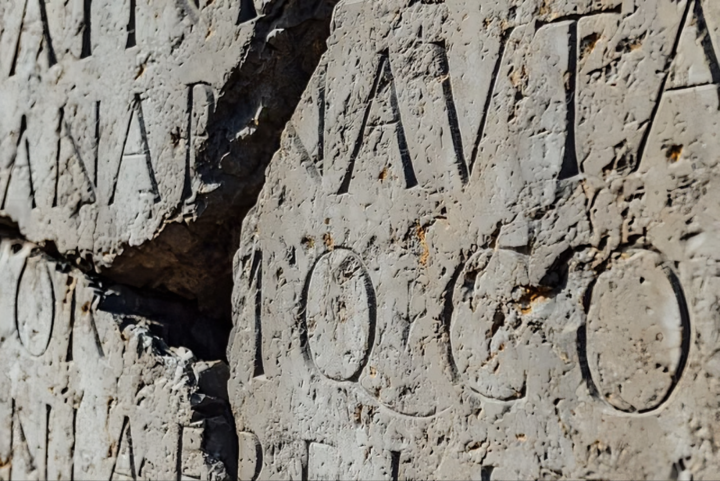
Around 1,500 Latin inscriptions are discovered every year, and Aeneas could save researchers a lot of time deciphering them. (Source: Deepmind)
Traditionally, historians have been forced to compare existing inscriptions with previously preserved texts to find similar passages of content – a time-consuming and laborious process. In addition, the number of new texts being unearthed each year is increasing rapidly, leading to a volume of information that exceeds the capacity of any single individual to process.
Professor Anne Rogerson, a Latin language expert at the University of Sydney (Australia), shared: " There is too much information for a single person to grasp. AI is the bridge we need."
Three Neural Networks – Three Special Abilities
Aeneas was trained on a massive dataset of 176,861 Latin inscriptions dating from the 7th century BC to the 8th century AD. Of these, 5% had images attached, and all texts were tagged with unique IDs for quick retrieval.
The Aeneas model is built on three specialized neural networks, each with a specific role: the first network specializes in recovering lost texts; the second network predicts the geographical origin of the text; and the third network estimates the exact date of the text.
Notably, Aeneas not only provides predictions but also provides a list of similar documents from the database to assist historians in the comparison and analysis process. According to DeepMind researcher Yannis Assael: "Aeneas can retrieve parallels from the entire database in a fraction of a second, thanks to each document having its own unique identifier."

Aeneas's working model. (Source: Deepmind)
Human + AI: Superior Performance
To test the model's effectiveness, the team recruited 23 archaeologists to test it. They were tasked with recovering the missing text, determining the dates and locations of the inscriptions – both alone and with Aeneas's assistance.
The results show that the combination of humans and machines is very encouraging. Specifically, when working alone, experts will have an average error of up to 31 years. However, when experts combine the AI results with the suggested text list, the error is only about 14 years.
Additionally, the accuracy in determining geographic origin and content recovery also increased significantly with the support of Aeneas.
“The collaboration between researchers and AI tools is key,” said Professor Thea Sommerschield, one of the study’s co-authors. “Not to replace humans, but to optimize together.”
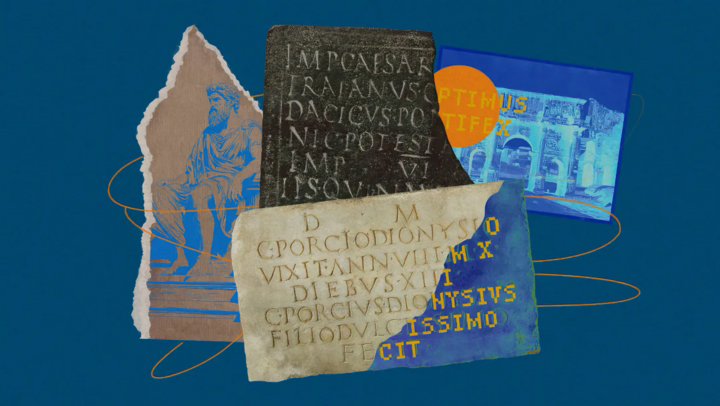
The best results are achieved when humans and machine learning models work together. (Source: Nature)
Aeneas is opening a new chapter in the journey of combining technology and humanities . This model does not replace the role of historians, but acts as an intelligent assistant, helping them access the lost ancient knowledge quickly, accurately and comprehensively.
In the age of data and artificial intelligence, tools like Aeneas show great potential in decoding the past to serve the future, bringing humanity closer to a civilization that better understands itself.
Source: https://vtcnews.vn/aeneas-tri-tue-nhan-tao-tai-sinh-van-ban-la-tinh-co-ar956213.html


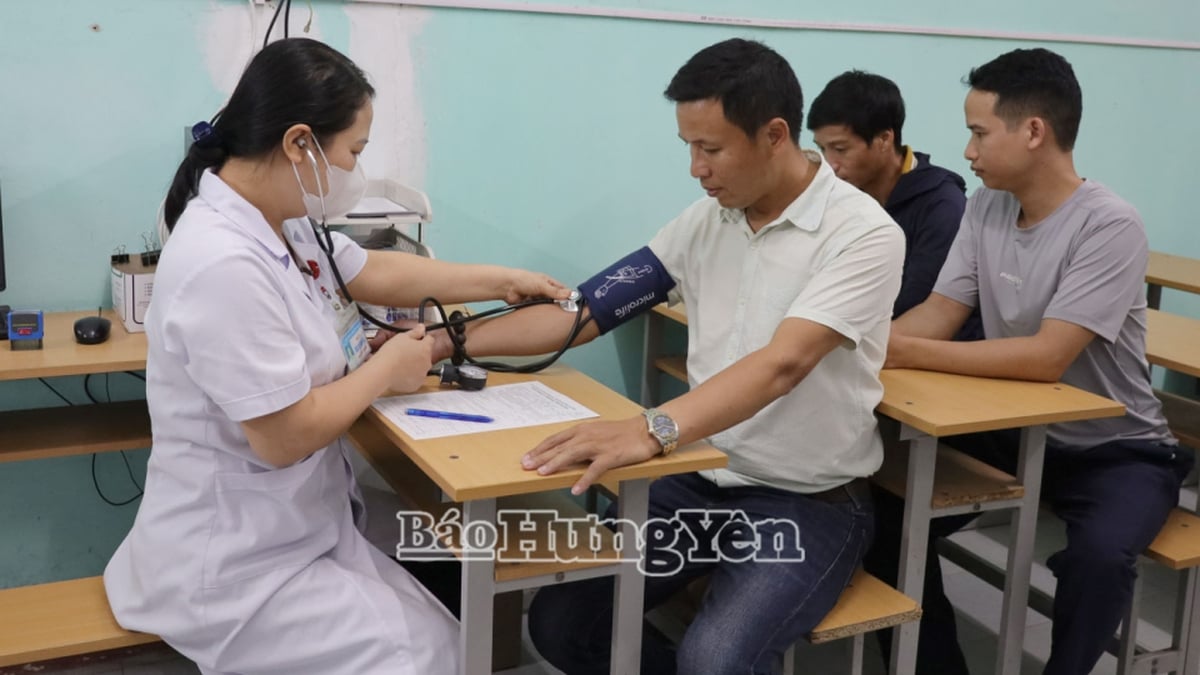
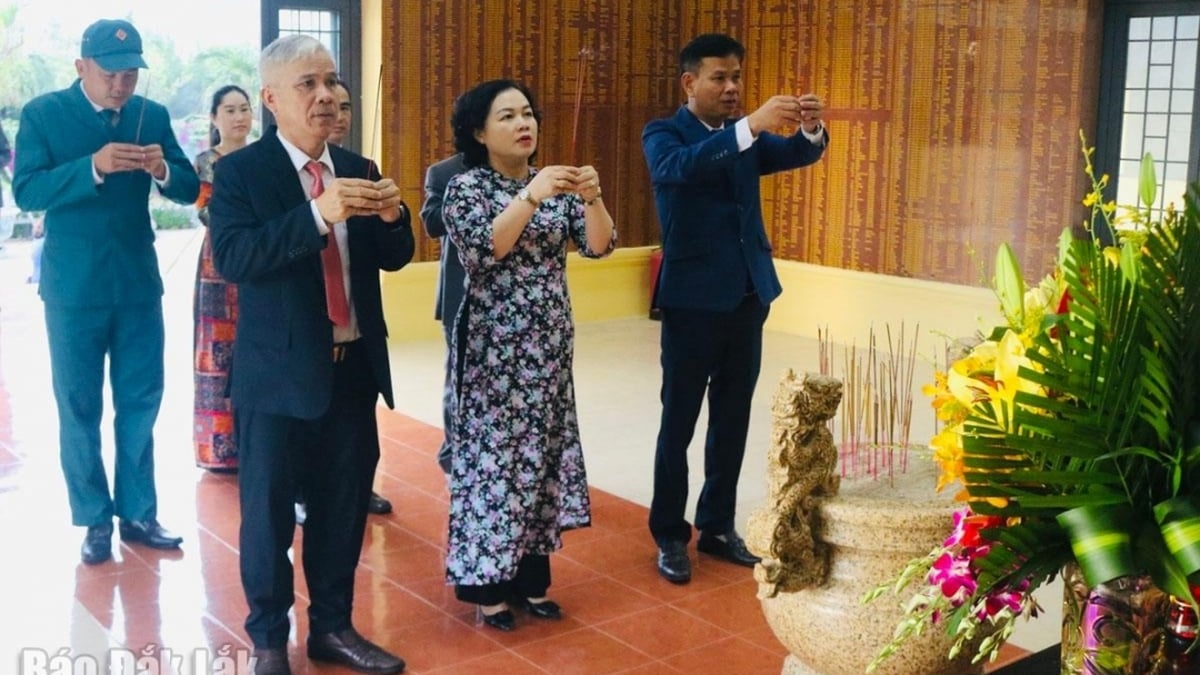


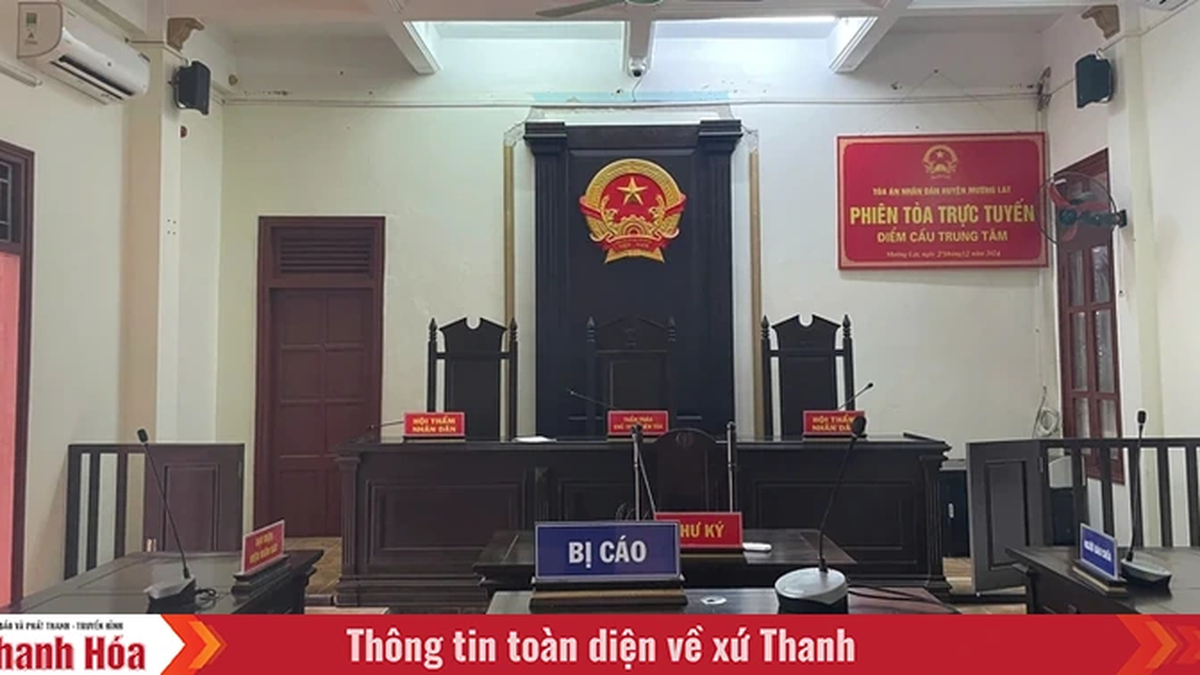
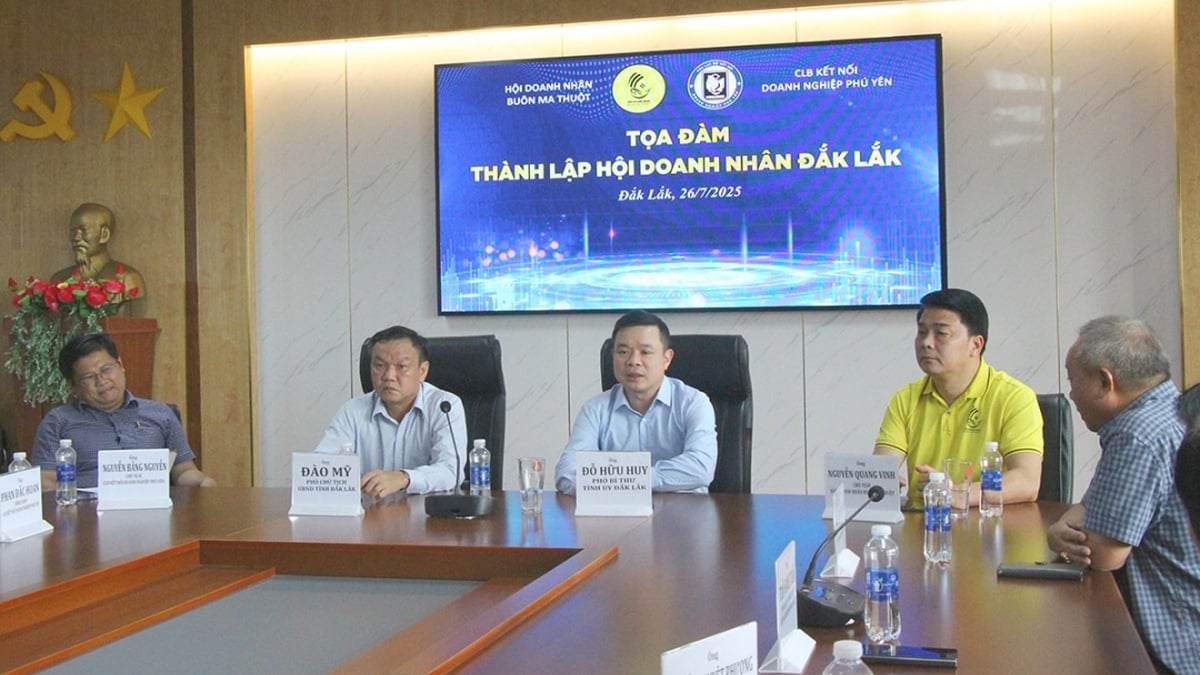
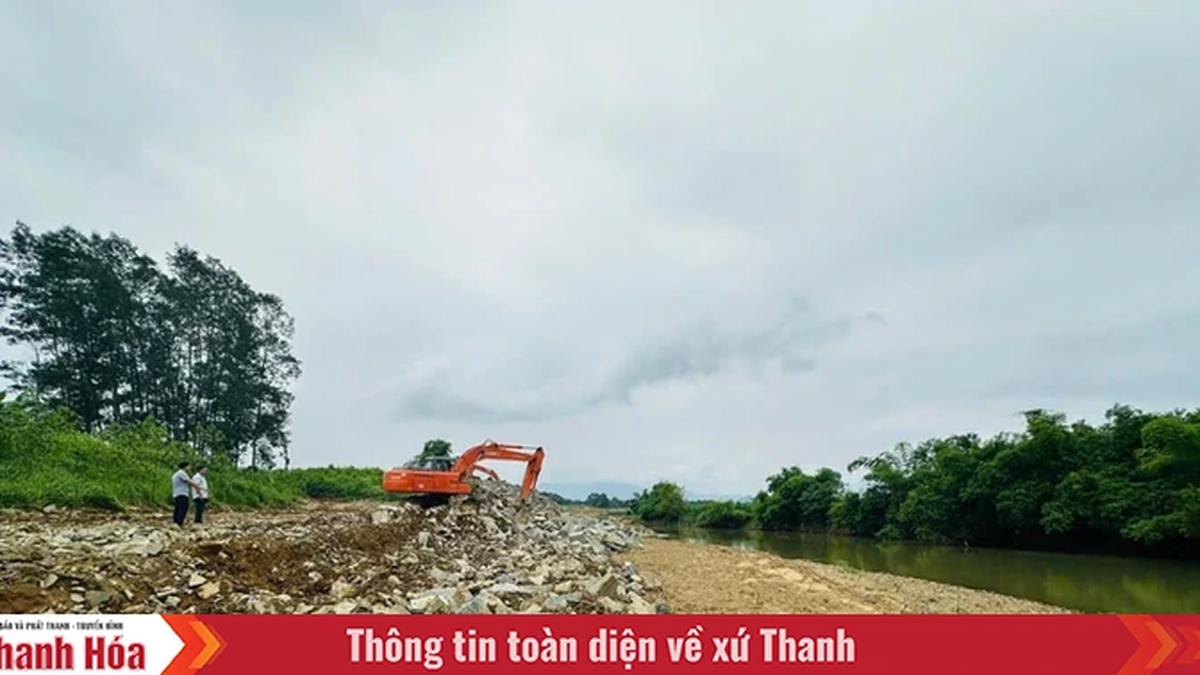













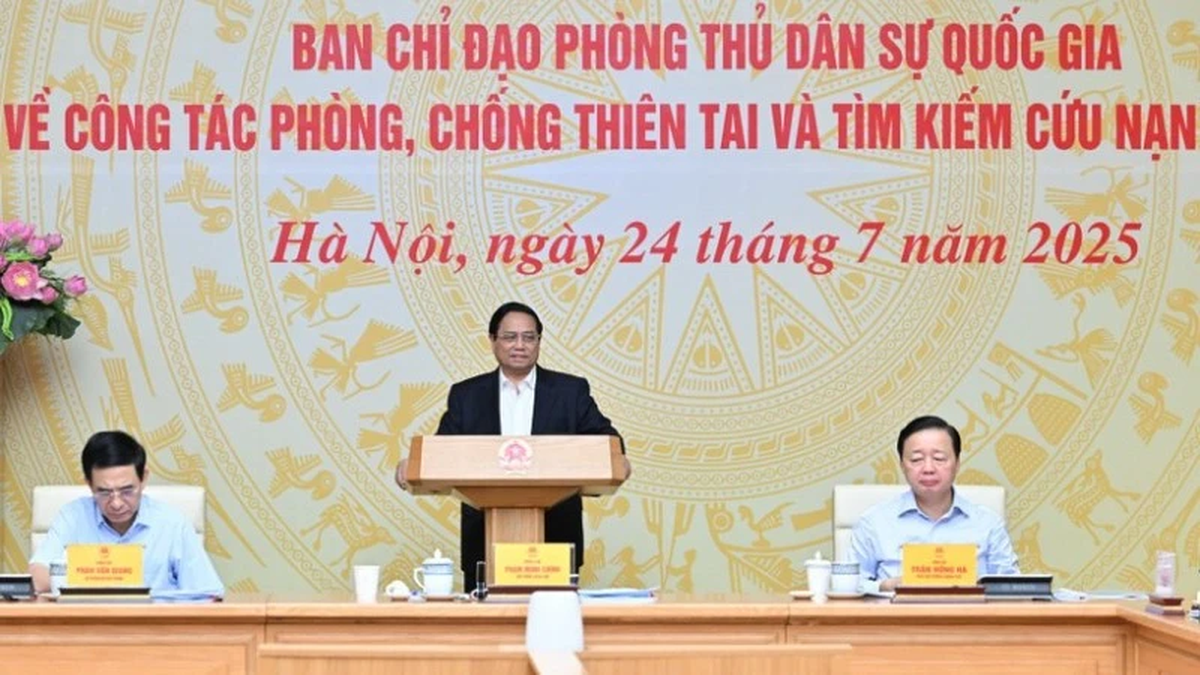





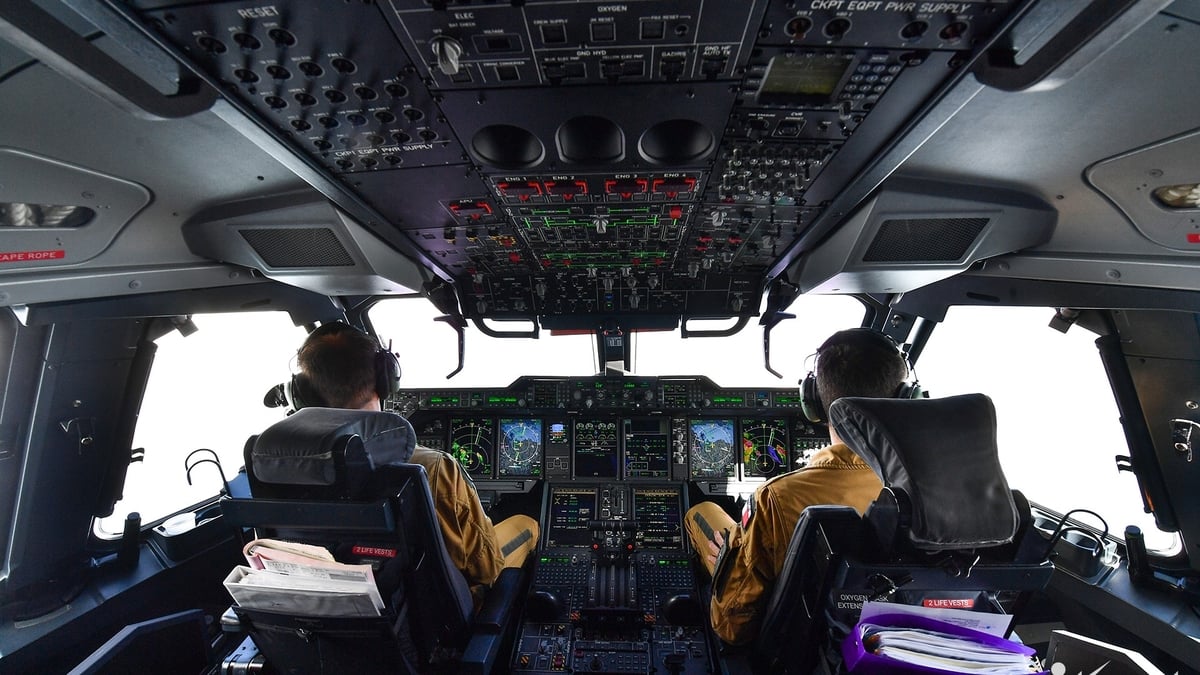

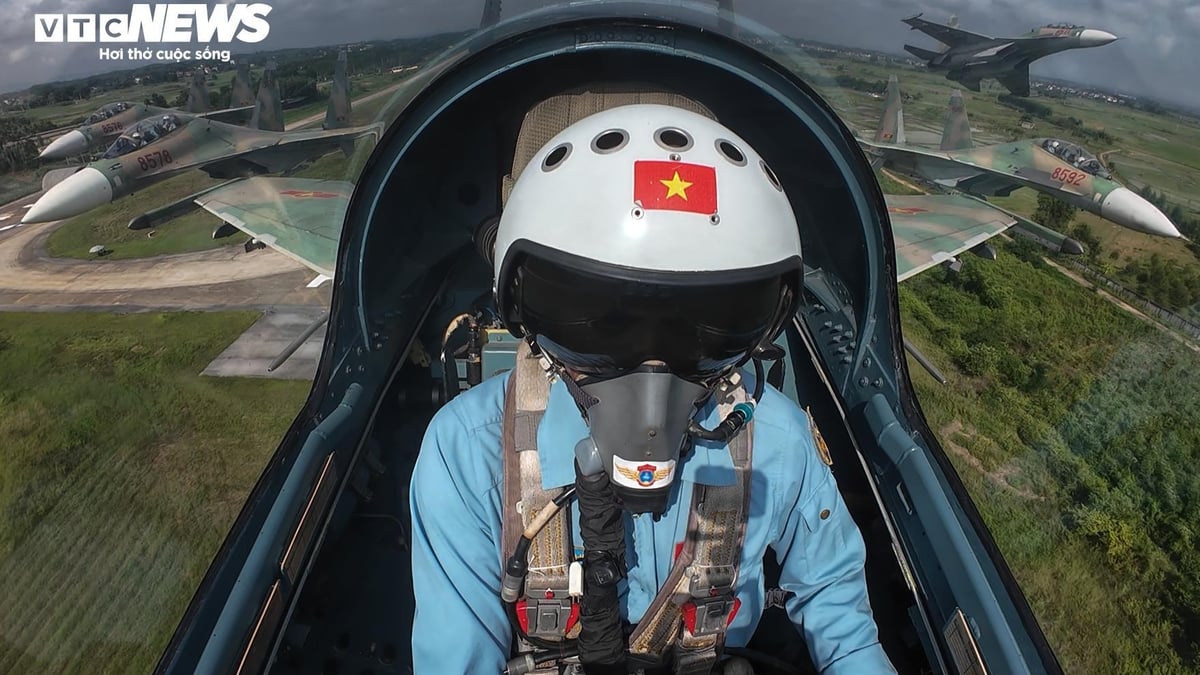
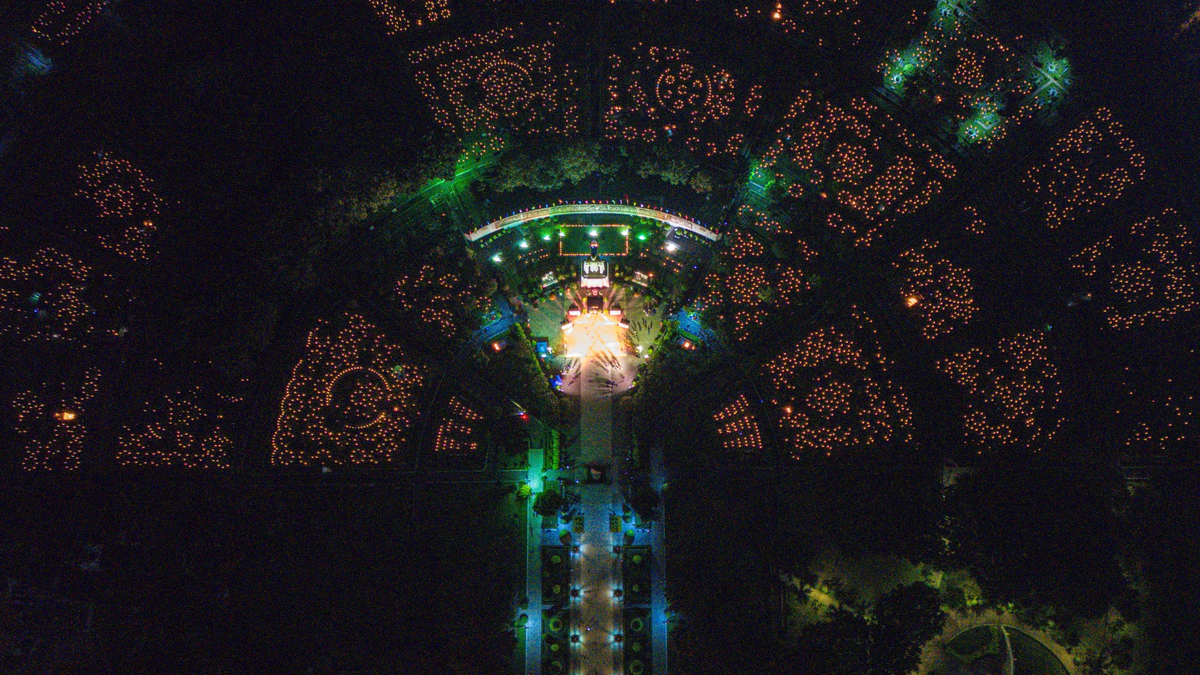
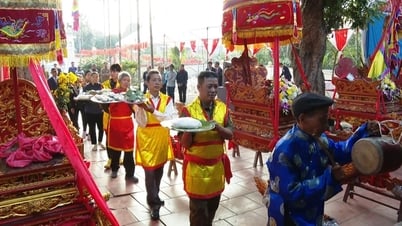


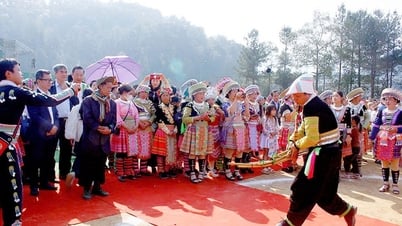













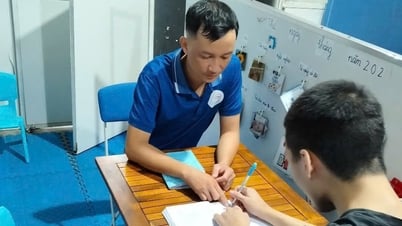

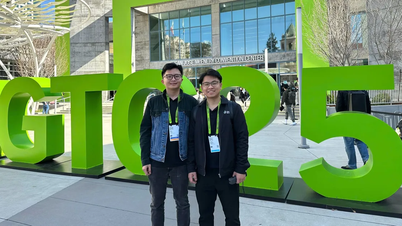


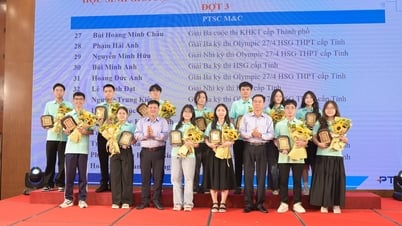

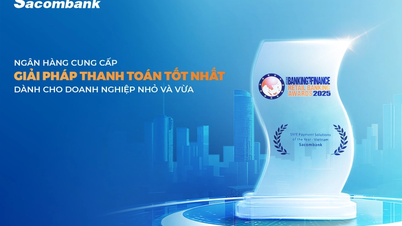


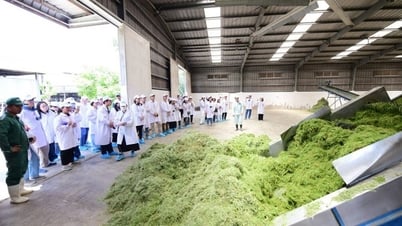

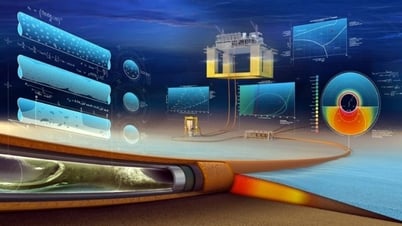




![[Photo] National Assembly Chairman Tran Thanh Man receives Chairman of Morocco-Vietnam Friendship Association](https://vphoto.vietnam.vn/thumb/402x226/vietnam/resource/IMAGE/2025/7/26/b5fb486562044db9a5e95efb6dc6a263)





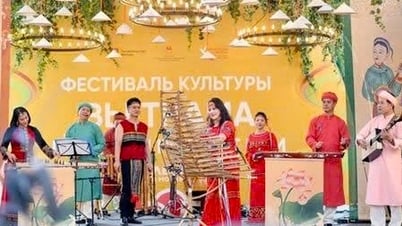


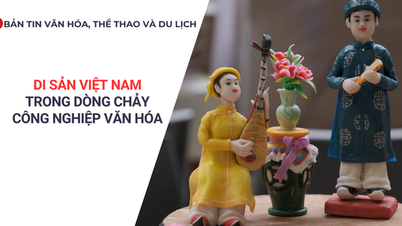




















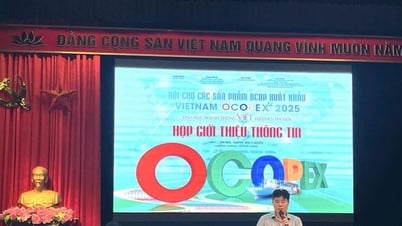






Comment (0)